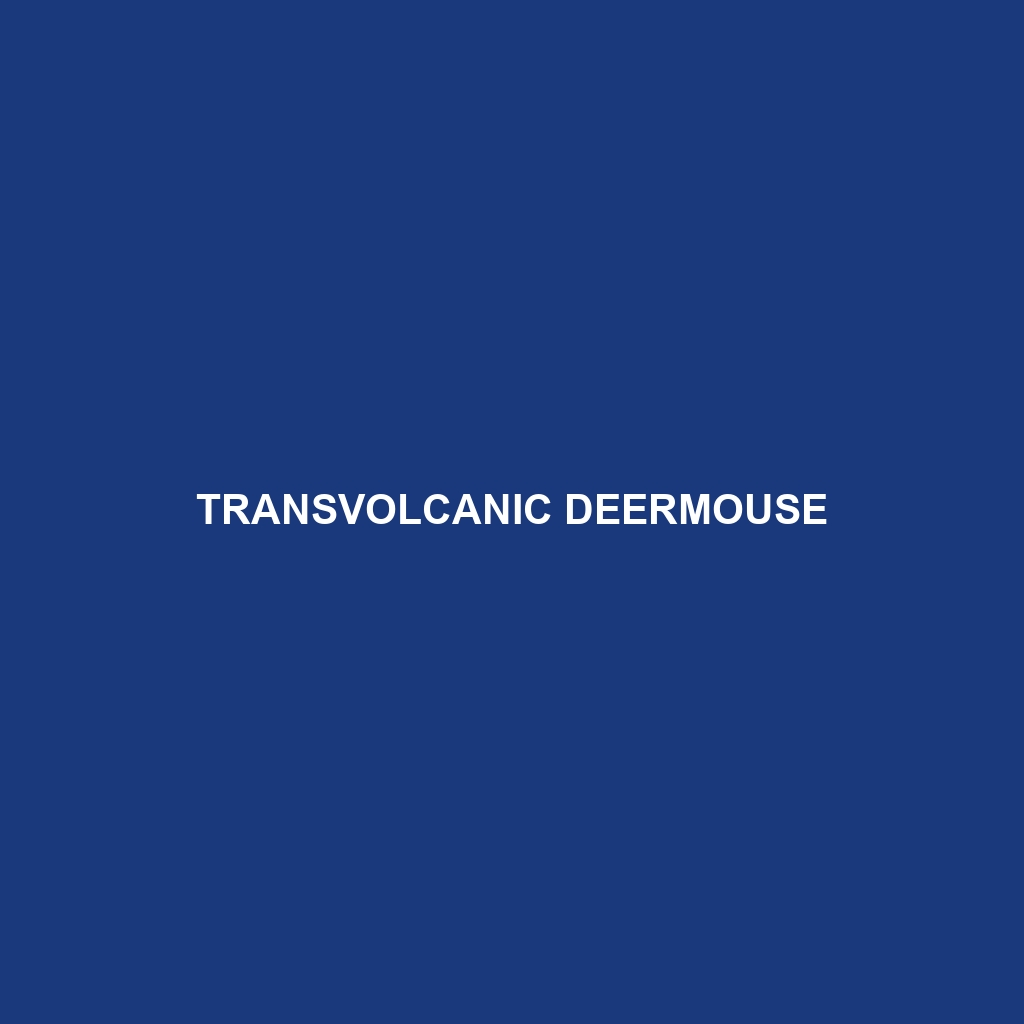Species Description: Northwestern Deermouse
Common Name: Northwestern Deermouse
Scientific Name: Peromyscus maniculatus
Habitat: The Northwestern Deermouse is primarily found in the dense forests of the Pacific Northwest region of North America. This species thrives in a variety of habitats, including coniferous and mixed forests, grasslands, and shrublands. They are known to inhabit areas at elevations ranging from sea level to mountainous regions, preferring environments that provide ample cover and access to food sources.
Physical Characteristics: The Northwestern Deermouse typically measures between 6 to 8 inches in body length, excluding the tail, which can add an additional 3 to 4 inches. Their fur is generally soft and exhibits a color palette ranging from light brown to grayish, with a white underside. Distinctive features include large, rounded ears and a slender body, which make them agile climbers. Their bushy tails are often bi-colored with darker hues on top and a lighter shade beneath, which aids in balance and mobility.
Behavior: Northwestern Deermice are primarily nocturnal, exhibiting peak activity during nighttime hours. They are known for their adept climbing abilities and are often seen navigating through trees and shrubs. These mice are also territorial in nature, utilizing vocalizations and scent marking to communicate and establish boundaries within their habitats. Socially, they can be found in small family groups, which aids in foraging and predator evasion.
Diet: The diet of the Northwestern Deermouse primarily consists of seeds, fruits, nuts, and insects. They are opportunistic feeders and may consume various plant materials depending on the seasonal availability of food sources. Their role as seed dispersers makes them crucial for maintaining healthy ecosystems as they contribute to forest regeneration and plant diversity.
Reproduction: Northwestern Deermice reproduce throughout the warmer months, with peak breeding occurring in late spring and early summer. A single female can have multiple litters each year, typically consisting of 3 to 6 offspring per litter. The young are altricial at birth, meaning they are born hairless and helpless, relying on their mother for nourishment and protection during the early stages of development. Weaning occurs around three weeks old, after which the young gradually begin to forage independently.
Conservation Status: The Northwestern Deermouse currently holds a conservation status of “Least Concern” according to the IUCN Red List. However, habitat loss and environmental changes have raised concerns about their long-term population viability in certain areas. Continued monitoring is essential to ensure the stability of their populations in the wild.
Interesting Facts: One fascinating aspect of the Northwestern Deermouse is their ability to adapt to various environments, from coastal areas to mountainous regions. This adaptability has allowed them to inhabit a broad geographic range. Additionally, they are known for their impressive memory, enabling them to remember the locations of food caches and navigate their territories efficiently.
Role in Ecosystem: Northwestern Deermice play a vital role in their ecosystems as both prey and seed dispersers. They serve as a food source for numerous predators, including birds of prey, snakes, and mammals. Moreover, their foraging habits contribute to the health of forested areas by aiding the germination of seeds and maintaining plant community dynamics. Their interactions with other species highlight their importance in promoting biodiversity and ecosystem balance.
